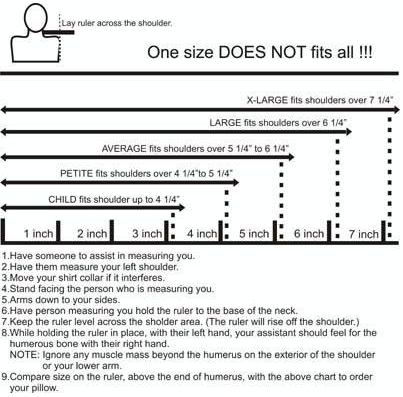Sometimes it seems like there aren’t enough hours in the day.
When you have days like that AND you have insomnia keeping you awake at night, maybe the insomnia is a gift.
When I experience insomnia, I wake up in the dark with a busy mind, thoughts passing through — sometimes zooming through — usually after 4 am when I’ve gotten maybe 5 hours of decent sleep but would prefer 7.
I don’t even look at the clock any more.
Insomnia seems like a big nuisance. A good night’s sleep is most restorative for how well I function the next day. I desire that.
What I’ve been doing recently when I awaken too early is work with my mind, or rather, my awareness.
To distinguish them, the mind thinks thoughts. Awareness is silent and larger. It’s more like a field that includes your mind, body, and the perceptions of your senses: sounds, sights, smells, tastes, body sensations, and thoughts.
I can think thoughts (think think think = mind), and I’m totally in that experience. I am being thought. I can also choose to think thoughts.
I can observe that I am thinking thoughts (my mind is thinking thoughts = awareness), and it’s one step removed from thinking.
When I awaken with insomnia, it seems that my mind is thinking thoughts involuntarily.
But is it?
Because I can also direct my attention to become aware not just that I’m thinking but aware of my body, of sensations.
Sometimes when my monkey mind is racing, it’s a struggle to find enough space between the thoughts to jump off that moving train, but with continued intent to sense into my body, it happens.
(I remember the first time years ago that I jumped off the fast-moving train of thoughts. I was scared and didn’t know what would happen. I somersaulted into darkness and never landed. It was so peaceful!)
Sensations are always available, and plunging into the experience of sensations from the experience of thinking is like entering a different reality.
It’s slower and calmer, like standing in calm water after being on hot, dry land.
What I experience in the sensory state is interesting. The other night, after switching my attention from thinking to body awareness, I got an image of three parallel wavy lines rising off my body and leaving.
When I woke too early this morning, after I switched to my felt sense, I became aware of an area in my abdomen that was roughly round, about 8 inches in diameter and an inch or so thick, that felt a bit denser than the surrounding area.
I stayed with the sensation. The area moved down, spread out, and became less dense.
Maybe it was my greater omentum, which is a little-known, very cool organ that can move around in the abdomen and hug whatever organ needs it.
In these cases, my brainwaves had probably shifted to theta, the irrational state that we pass through on our way into sleep. So what happens may not make sense.
I don’t believe that makes it any less “real”. There are many ways of perceiving.
“Theta waves are the dominant frequency in healing, high creative states, remembering emotional experiences (good and bad), memory retrieval, and encoding new memories into thoughts,” explains communication pathologist and cognitive neuroscientist Caroline Leaf, Ph.D., author of Cleaning Up Your Mental Mess.
“Theta wave pattern activity highlights the interaction that happens between the conscious and nonconscious mind as we think deeply,” says Leaf. “This is a pattern that we want to see in our brain because it reflects improving mind management.”
The gift is that after tuning into my body and staying with it, my mind becomes calm — and I go back to sleep.
Insomnia over.






